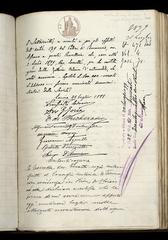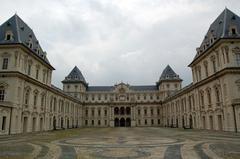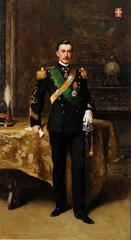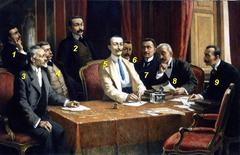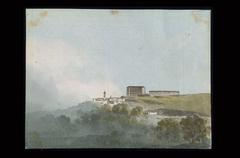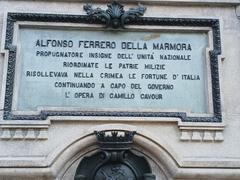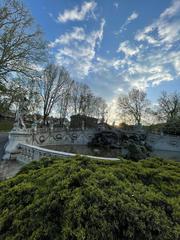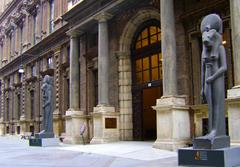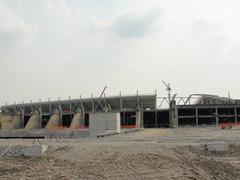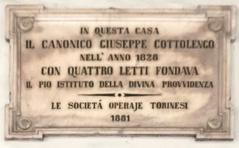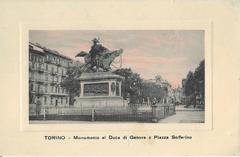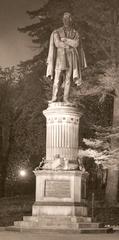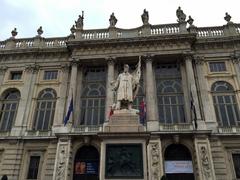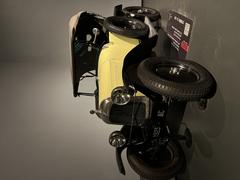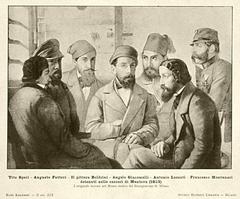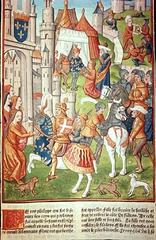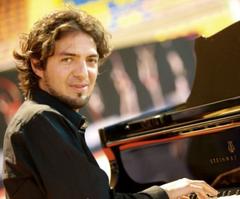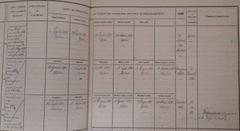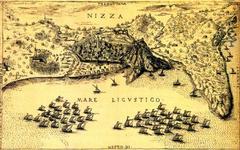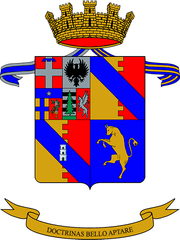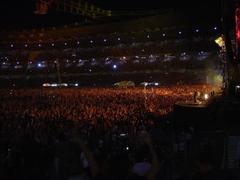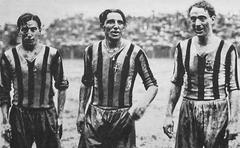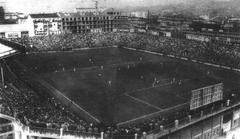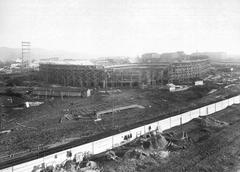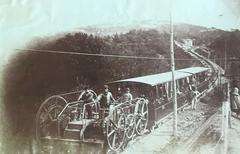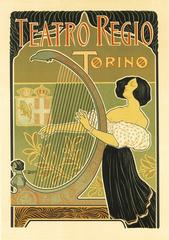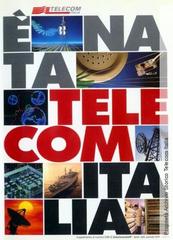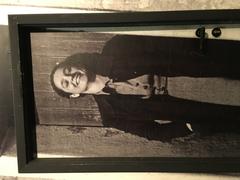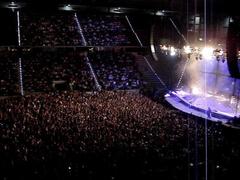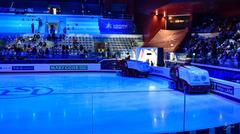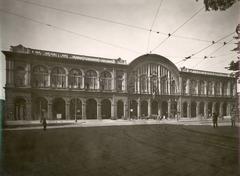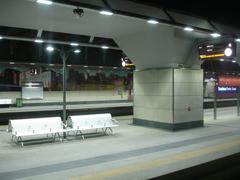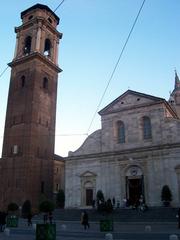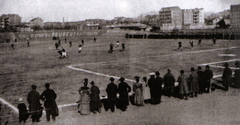Museo D’Arte Urbana (MAU) Turin: Visiting Hours, Tickets, and Visitor Guide
Date: 14/06/2025
Introduction to Museo D’Arte Urbana (MAU) in Turin
Situated in the historic Borgo Campidoglio district of Turin, Italy, the Museo d’Arte Urbana (MAU) is a pioneering open-air museum seamlessly blending contemporary urban art with the city’s 19th-century architectural heritage. Established in 1995, MAU initiated a grassroots cultural renaissance by transforming the neighborhood’s facades, shutters, and public spaces into a living gallery, today featuring over 180 murals and installations by both local and international artists. This community-driven initiative not only revitalized Borgo Campidoglio but also fostered an ongoing dialogue between art, residents, and visitors, exploring themes such as local identity, industrial roots, migration, and environmentalism.
MAU’s outdoor collection is freely accessible at any time, inviting self-guided exploration. The experience is further enriched by guided tours, educational workshops, and digital tools like augmented reality via the BEPART app. The museum’s headquarters at Via Rocciamelone, 7 serves as an information hub and tour starting point, easily reachable by public transportation (Metro Line 1, bus, and tram).
Beyond the art, visitors are immersed in the authentic charm of Borgo Campidoglio—one of the few Turin neighborhoods to retain its original 19th-century layout, with cobblestone streets and artisan shops. Nearby attractions such as the Galleria Civica d’Arte Moderna e Contemporanea (GAM), Museo Egizio, and Parco del Valentino further enhance the cultural itinerary.
Whether you are an art enthusiast, cultural explorer, or curious traveler, MAU offers a unique, accessible, and immersive art experience that transcends traditional museum walls. For official details, visit Museo Torino MAU page or Turismo Torino.
Borgo Campidoglio: Historical Overview
Founded in 1853 as a working-class neighborhood designed for artisans and farmers relocating to Turin, Borgo Campidoglio retains its village-like atmosphere with low-rise houses, narrow cobbled streets, internal courtyards, and small workshops (blog.scuolaleonardo.com; guidatorino.com). Unique for surviving the 1959 Turin Master Plan demolitions, the district preserves much of its historic street plan and architecture (museotorino.it). Economic decline in the late 20th century led to neglect, but the neighborhood’s character endured, setting the stage for its artistic revival.
The Emergence of MAU: Urban Art as Regeneration
In 1995, art historian Edoardo Di Mauro and local residents founded MAU, Italy’s first open-air museum dedicated to contemporary art in an urban setting (artribune.com). The initiative began with Mercurio’s mural “Canto Metropolitano,” symbolizing the district’s rebirth. Unlike institution-led projects, MAU is rooted in grassroots collaboration among residents, shopkeepers, and artists (museotorino.it), transforming everyday spaces into a dynamic canvas.
Artistic Diversity and Expansion
Since its inception, MAU has commissioned over 190 works from about 100 artists, including large-scale murals, trompe-l’oeil, portraits, landscapes, and conceptual installations (artribune.com). The 2001 “Galleria Campidoglio” project introduced 35 illuminated display cases along Via Nicola Fabrizi and Corso Svizzera, featuring rotating exhibitions (museotorino.it). Notable artists such as Fathi Hassan, Salvatore Astore, Chekos’Art, and Opiemme have contributed, with Opiemme’s works blending poetry and image (vagabundler.com).
Visiting MAU: Hours, Tickets, and Tours
- Hours: MAU’s open-air collection is accessible 24/7.
- Admission: Free for all visitors.
- Guided Tours: Available by prior arrangement through the museum headquarters (Via Rocciamelone, 7) or local tourism offices (whichmuseum.com).
- Digital Guides: Interactive maps and AR experiences via the BEPART app and the MAUA project (MAUA Museum).
Getting There
- Metro: Closest stop is “Racconigi” on Line 1 (about 10 minutes’ walk).
- Bus/Tram: Lines 4, 13, 16, and 19 serve the neighborhood.
- By Foot/Bike: The area is pedestrian-friendly and accessible by bicycle.
- Car: Limited street parking; consider public transport during busy times.
Accessibility
While most of Borgo Campidoglio is flat and accessible, some cobbled streets and narrow sidewalks may pose challenges for visitors with mobility impairments. MAU partners with local associations to offer accessible tours and itineraries (antoninolavela.it).
Nearby Attractions
Enhance your visit with these nearby landmarks:
- GAM – Galleria Civica d’Arte Moderna e Contemporanea: Leading modern art museum.
- Fondazione Merz: Contemporary art and exhibitions.
- Neo-Baroque Church of Sant’Alfonso Maria de’ Liguori: Iconic neighborhood church.
- Museo Egizio: World-renowned Egyptian museum.
- Parco del Valentino: Scenic city park along the Po River.
Community Engagement and Cultural Significance
MAU’s murals reflect the neighborhood’s identity, history, and multiculturalism. Works address themes such as migration, social justice, and environmental issues, developed through public consultations and workshops (MAUA Museum). Educational programs, artist residencies, and international collaborations keep the collection fresh and relevant.
MAU’s impact extends beyond art, revitalizing Borgo Campidoglio and fostering local pride and economic activity (Guía de Turín).
Practical Visitor Tips
- Maps: Obtain digital or printed maps from the official website or tourist centers.
- Augmented Reality: Download the BEPART app before your visit to access AR features (MAUA Museum).
- Best Times: May–September for mild weather; early mornings or late afternoons for fewer crowds.
- Dress: Wear comfortable shoes for cobblestone streets; bring water in summer.
- Photography: Encouraged, but please respect residents’ privacy.
- Events: Check the MAU events calendar for workshops and festivals.
Frequently Asked Questions (FAQ)
Q: What are the visiting hours?
A: The open-air collection is accessible any time, day or night.
Q: Is there an admission fee?
A: No, both the outdoor and indoor (Galleria del MAU) spaces are free.
Q: Are guided tours available?
A: Yes, by advance booking via the museum headquarters or Turismo Torino.
Q: Is the area accessible for people with disabilities?
A: Most areas are accessible, though some cobblestones or narrow sidewalks may require assistance.
Q: How do I use the AR features?
A: Download the free BEPART app and scan select murals for interactive content.
Q: What other attractions are nearby?
A: GAM, Museo Egizio, Parco del Valentino, Piazza Castello, and more.
Visuals and Interactive Elements
- Explore interactive maps and virtual tours on the official MAU website.
- High-quality images with descriptive alt text (e.g., “Contemporary mural at MAU, Borgo Campidoglio, Turin”).
- Short video tours and AR demonstration clips available online.
Sustainability and Responsible Tourism
MAU exemplifies sustainable tourism by integrating art into daily life, supporting local businesses, and encouraging eco-friendly practices. Visitors are urged to use public transport, respect the neighborhood, and support local shops and artisans.
Summary and Final Recommendations
Museo d’Arte Urbana (MAU) in Turin stands as a model of innovative, community-centered museum practice. Its open-air collection, free access, and integration of digital experiences offer a vibrant, interactive, and sustainable way to engage with both art and local heritage. Combine your visit with guided tours and nearby cultural attractions for a well-rounded Turin itinerary.
For an enhanced experience, download the Audiala or BEPART apps, check event listings, and follow MAU on social media. Embrace Turin’s living cultural landscape—MAU awaits your discovery.


